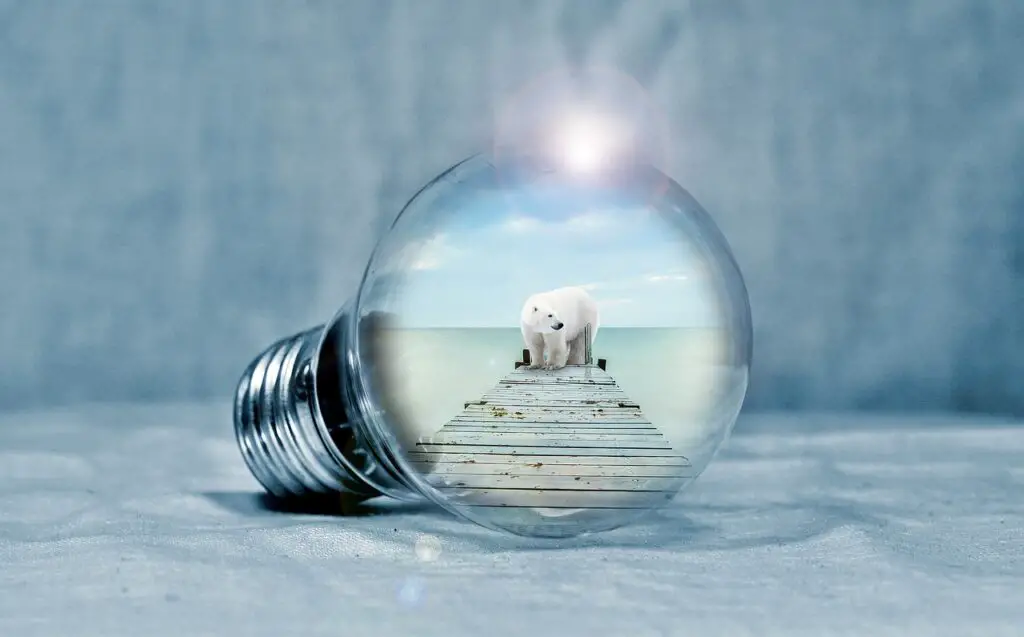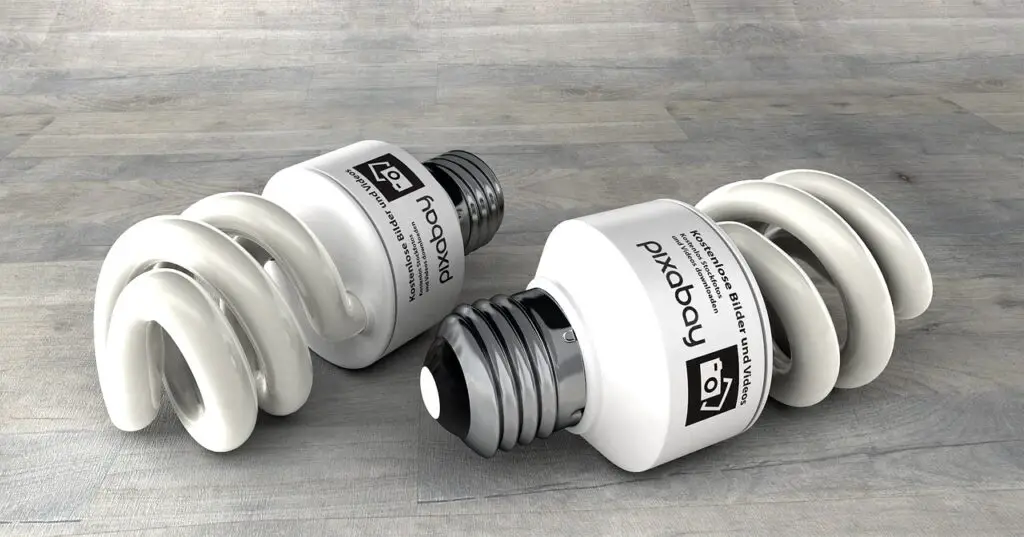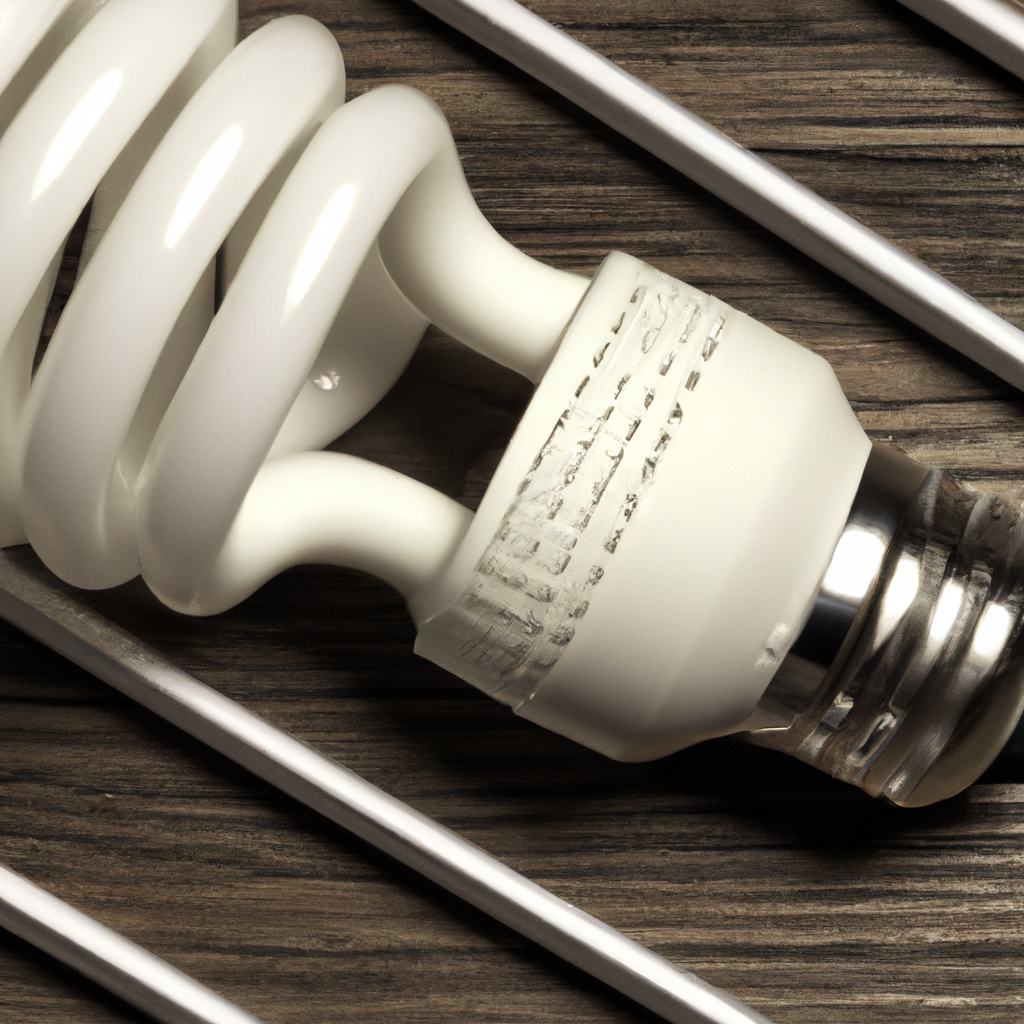Ready to start saving on your heating and electricity bills? Look no further! In this article, we will explore six practical tips that anyone can implement to reduce energy consumption and save money. From simple changes in daily habits to cost-effective home improvements, these tips will not only help you cut back on your expenses, but also contribute to a greener and more sustainable future. So let’s get started on your journey towards becoming a more energy-efficient household!

1. Insulate Your Home
Insulating your home is one of the most effective ways to reduce heating and cooling costs. It not only helps keep your home comfortable year-round but also helps conserve energy. Here are some key areas to focus on when insulating your home:
1.1. Seal any air leaks
Air leaks can be a major source of energy loss in your home. They can occur around windows, doors, electrical outlets, and even in the attic. By sealing these leaks, you can significantly reduce the amount of heated or cooled air that escapes from your home. Common methods for sealing air leaks include using weatherstripping, caulk, and spray foam insulation.
1.2. Use weatherstripping
Weatherstripping is a simple and cost-effective way to seal gaps around windows and doors. By installing weatherstripping, you can prevent drafts and keep your home comfortable. There are various types of weatherstripping available, such as adhesive-backed foam tape, V-strip, and door sweeps. Choose the right type for your specific needs and ensure a tight seal.
1.3. Insulate your attic
Insulating your attic is crucial because heat tends to rise and escape through the roof. By properly insulating your attic, you can create a barrier that prevents heat loss. The most common insulation materials for attics are fiberglass batts, cellulose insulation, and spray foam insulation. Consult a professional to determine which type of insulation is best for your home.
1.4. Insulate your walls
Insulating your walls can help reduce heat transfer and maintain a comfortable temperature inside your home. There are several options for wall insulation, including fiberglass batts, blown-in cellulose insulation, and spray foam insulation. Consider consulting a professional to determine the best insulation approach for your specific wall construction.
1.5. Insulate your windows and doors
Windows and doors are notorious for letting in drafts and allowing heat to escape. By insulating these areas, you can minimize heat loss and improve energy efficiency. Options for window insulation include using window film, installing storm windows, or adding window insulator kits. For doors, weatherstripping and door sweeps can be effective in sealing gaps and preventing energy loss.
2. Optimize Your Heating System
A well-maintained and optimized heating system is essential for efficient energy usage in your home. Consider the following tips to optimize your heating system:
2.1. Use a programmable thermostat
Investing in a programmable thermostat allows you to set different temperatures for different times of the day, ensuring that you’re only using heating when needed. For example, you can lower the temperature at night or when you’re away and have it automatically increase when you’re normally at home.
2.2. Maintain your heating system
Regular maintenance of your heating system not only improves its efficiency but also prolongs its lifespan. Schedule annual maintenance with a qualified HVAC technician to ensure that your system is operating optimally. This may involve cleaning or replacing filters, inspecting the system for any issues, and performing necessary repairs or adjustments.
2.3. Clean and replace filters regularly
Dirty filters restrict airflow, causing your heating system to work harder and consume more energy. To maintain proper airflow and energy efficiency, it’s crucial to clean or replace filters regularly. Check your heating system’s manual for specific filter replacement recommendations and follow the manufacturer’s instructions.
2.4. Use zone heating
Zone heating allows you to heat specific areas of your home instead of heating the entire house. By using zone heating, you can reduce energy consumption by only heating the rooms you regularly use. This can be achieved by using space heaters, electric blankets, or even closing off unused rooms.
2.5. Lower your thermostat temperature
Lowering your thermostat temperature by just a few degrees can have a significant impact on your energy consumption. Consider lowering the temperature during the day when you’re not at home or at night when you’re sleeping. Wearing additional layers of clothing or using blankets can help you stay comfortable while conserving energy.

3. Use Energy-Efficient Lighting
Lighting accounts for a significant portion of a home’s energy consumption. By adopting energy-efficient lighting practices, you can reduce your electricity usage and save on energy costs. Here are some tips for using energy-efficient lighting:
3.1. Replace traditional light bulbs with LED bulbs
LED bulbs are more energy-efficient than traditional incandescent bulbs and can last significantly longer. Although LED bulbs initially cost more, their extended lifespan and energy savings make them a cost-effective choice in the long run. LED bulbs also come in various color temperatures, allowing you to create different moods and lighting atmospheres in your home.
3.2. Install motion sensor switches
Motion sensor switches automatically turn lights on when they detect movement and turn them off when no movement is detected for a specified period. This eliminates the need to manually switch lights on and off, minimizing unnecessary electricity usage. Motion sensor switches are especially useful in areas such as corridors, bathrooms, and entryways where lights may be left on unintentionally.
3.3. Use natural light whenever possible
Take advantage of natural light during the day by opening curtains or blinds and allowing sunlight to illuminate your home. This reduces the need for artificial lighting and helps save on electricity. When designing or arranging your home, consider the layout and positioning of windows to maximize the natural light available.

4. Control Your Electronics
Electronics and appliances can contribute significantly to your energy consumption. By adopting energy-saving practices, you can reduce your electricity usage and save on costs. Consider the following tips for controlling your electronics:
4.1. Turn off and unplug electronics when not in use
Many electronics continue to consume energy even when they’re turned off but still plugged in (known as standby power or vampire power). To prevent this unnecessary energy loss, make a habit of turning off and unplugging electronics when they’re not in use. This includes televisions, computers, gaming consoles, chargers, and other devices.
4.2. Use smart power strips
Smart power strips eliminate standby power by cutting off power to devices that are not in use. They use advanced technology to detect when a device is turned off or goes into standby mode and automatically cut off its power supply. By using smart power strips, you can conveniently control multiple devices and reduce standby power consumption.
4.3. Use energy-saving settings on devices
Many electronic devices have energy-saving settings that can help reduce their power consumption. For example, turning on power-saving mode on your computer or adjusting the brightness settings on your television can result in significant energy savings. Explore the settings of your devices and utilize energy-saving features whenever possible.
4.4. Invest in energy-efficient appliances
When purchasing new appliances, opt for those with energy-efficient ratings, such as Energy Star certified products. These appliances are designed to consume less energy while providing the same level of performance. Energy-efficient appliances not only save you money in the long run but also contribute to a more environmentally friendly lifestyle.

5. Reduce Water Heating Costs
Water heating is a significant energy expense in many households. By implementing these measures, you can lower your water heating costs:
5.1. Lower your water heater temperature
Most water heaters are set to temperatures higher than necessary. Lowering the temperature setting to 120 degrees Fahrenheit (49 degrees Celsius) can save energy without sacrificing comfort. Consult your water heater’s manual for instructions on how to adjust the temperature.
5.2. Insulate your water heater and pipes
Insulating your water heater and the hot water pipes leading from it can minimize heat loss and prevent unnecessary energy consumption. Water heater insulation blankets and pipe insulation sleeves are widely available and can be easily installed. Ensure that you follow the manufacturer’s guidelines and safety recommendations when insulating your water heater.
5.3. Use low-flow showerheads and faucets
Installing low-flow showerheads and faucets can significantly reduce the amount of hot water you use without compromising your shower experience. These devices limit the flow rate of water while maintaining adequate pressure, resulting in water and energy savings. Look for products with the WaterSense label, which indicates high efficiency and performance standards.

6. Practice Energy-Saving Habits
In addition to making specific changes to your home and appliances, adopting energy-saving habits can make a significant difference in your overall energy consumption. Here are some practical tips to help you save energy:
6.1. Use natural ventilation
Take advantage of natural ventilation by opening windows and strategically positioning fans to circulate fresh air. This can help cool your home during warmer months, reducing the need for air conditioning. Be mindful of outdoor temperatures and adjust accordingly.
6.2. Close curtains and blinds at night
Closing curtains and blinds during the night can provide an extra layer of insulation and reduce heat loss through windows. This can help keep your home warmer during cold nights, reducing the demand on your heating system.
6.3. Cook efficiently
When cooking, use the appropriate-sized pots and pans, and cover them with lids. This helps retain heat and reduces cooking time. Opt for energy-efficient appliances, such as induction cooktops, which heat up faster and use less energy than traditional electric or gas stovetops.
6.4. Use cold water for laundry
The majority of energy used in laundry goes towards heating water. Whenever possible, wash your clothes in cold water. Modern laundry detergents are designed to be effective in cold water, and this simple change can lead to significant energy savings.
6.5. Take shorter showers
Reducing the amount of time spent in the shower can greatly impact water heating costs. Consider taking shorter showers and turning off the water while shampooing or lathering. Installing a timer or using a water-saving showerhead can help you track and limit your shower time.
By implementing these practical tips, you can improve the energy efficiency of your home and reduce your heating and electricity costs. Remember, even small changes can make a big difference when it comes to energy conservation. Start today and enjoy the benefits of a more energy-efficient and environmentally friendly lifestyle.

